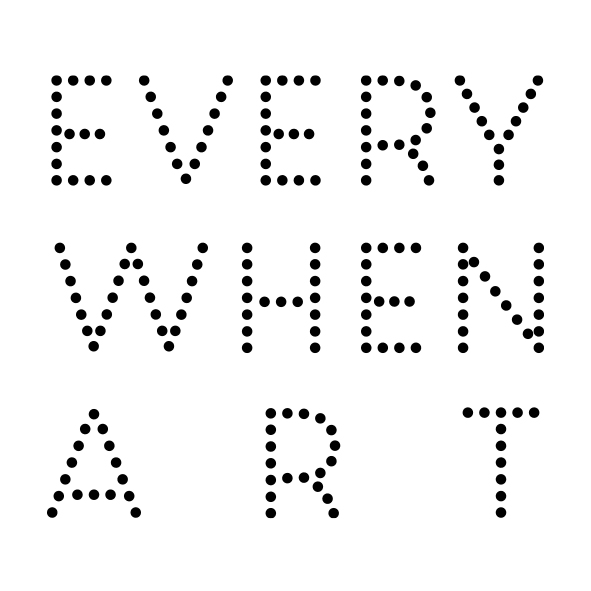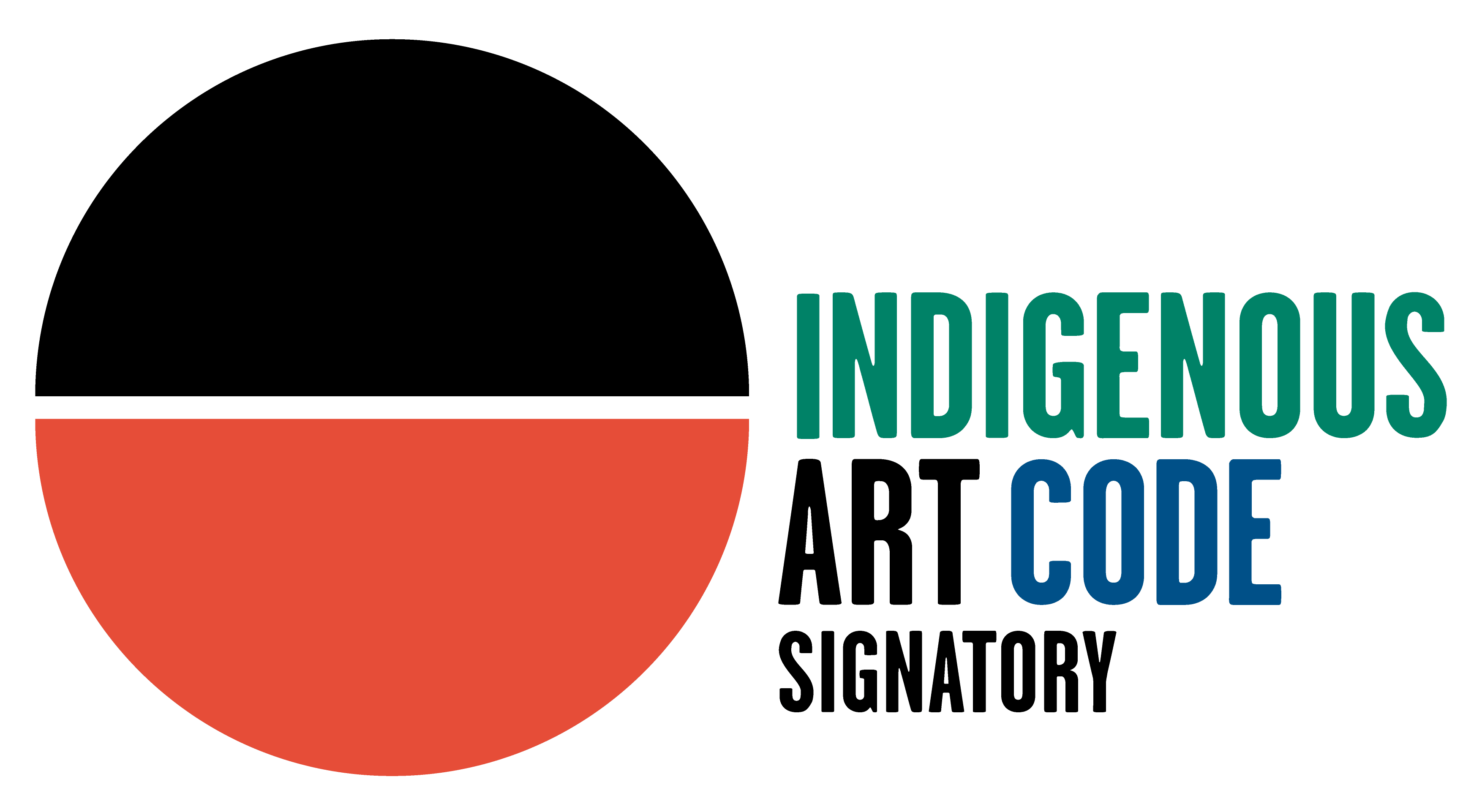Mulkun Wirrpanda Dhuḏi-Djapu, Dha-malamirr, b. 22/05/1942-2021
104 3/8 x 6 1/4 in
This work is an example of a phase where the artist of her own motion explored lesser known plant species which she feared were being forgotten by younger generations. This coincided with artist John Wolseley’s interest in returning to Yilpara (after they had met during the Djalkiri project of 2010) and the two spent an extended period exploring the botany of Blue Mud Bay. She wants to renew the knowledge of these plants because when she was young this is the food that she grew up on. In those days old people lived for a long time without illness. John Wolseley spent a week at Yilpara with Mulkun in May 2012 and again at Yirrkala in June 2013 and June 2014. And May and December 2015.
This is Buṉdjuŋu.
Below is the Yolŋu dictionary entry for this plant.
Meaning: tree with large green/yellow fruit Wild Orange Tree, Capparis umbonata.
An abbreviation of buṉdjuŋu(') is: wälpay see wälpany (different sp.); (also some confusion with Ehreṯia saḻigṉa which has similar leaves but no oranges)
Language notes: Y Moiety: Yirritja
Part of speech: noun
The Larrakitj had its traditional use for the Yolŋu of North east Arnhem Land as an ossuary or bone container erected as a memorial to a dead kinsman up to a decade after death. After death the body of the deceased was often ceremonially placed on a raised platform and left to the elements for an appropriate time. The area would then be abandoned until the next stage of the ritual.
This took place once it was determined that the essential eternal spirit of the deceased had completed its cyclical journey to the spring from which it had originated and would in time return again. This might be several years. Whilst the body was ‘lying in state’ others got wind of the death, perhaps by subliminal message and made preparations to journey to the site of mortuary. Usually enough time had elapsed for the bones of the deceased to be naturally cleansed on the platform. The essence of the soul within the bone was made ready for final rites when other outside participants necessary for its safe journey arrived. Ritual saw the bones of the deceased placed within the termite hollowed memorial pole for final resting.
Mortuary ritual would end with the placement of the Larrakitj containing the bones standing in the bush. Over time the larrakitj and its contents would return to mother earth.
The Larrakitj has often been referred to as the mother’s womb. Once sedentary mission communities were established in Arnhem Land it became impractical to abandon permanent communities and outlawed to expose corpses on platforms. However the cosmology of the Yolŋu and the essence of ritual mortuary ceremony remains just as important. Larrakitj continue to be produced as the equivalent of headstones or to contain the personal effects of a deceased (which might be dangerous unless removed from the living because of the emanations imbued by contact with the deceased).
A further role for this cultural form is as a fine art object and an instructional tool for younger generations. Artworks of this nature have multiple layers of metaphor and meaning which give lessons about the connections between an individual and specific pieces of country (both land and sea), as well as the connections between various clans but also explaining the forces that act upon and within the environment and the mechanics of a spirit’s path through existence. The knowledge referred to by this imagery deepens in complexity and secrecy as a person progresses through a life long learning process.
SIGN UP TO OUR MAILING LIST FOR ALL THE NEWS
* denotes required fields
We will process the personal data you have supplied in accordance with our privacy policy (available on request). You can unsubscribe or change your preferences at any time by clicking the link in our emails.


